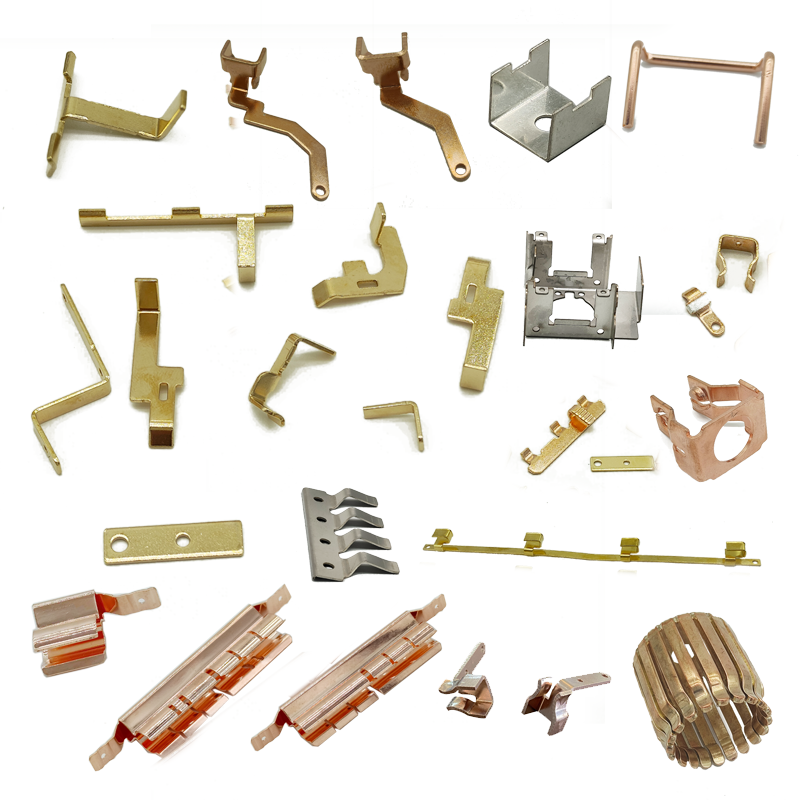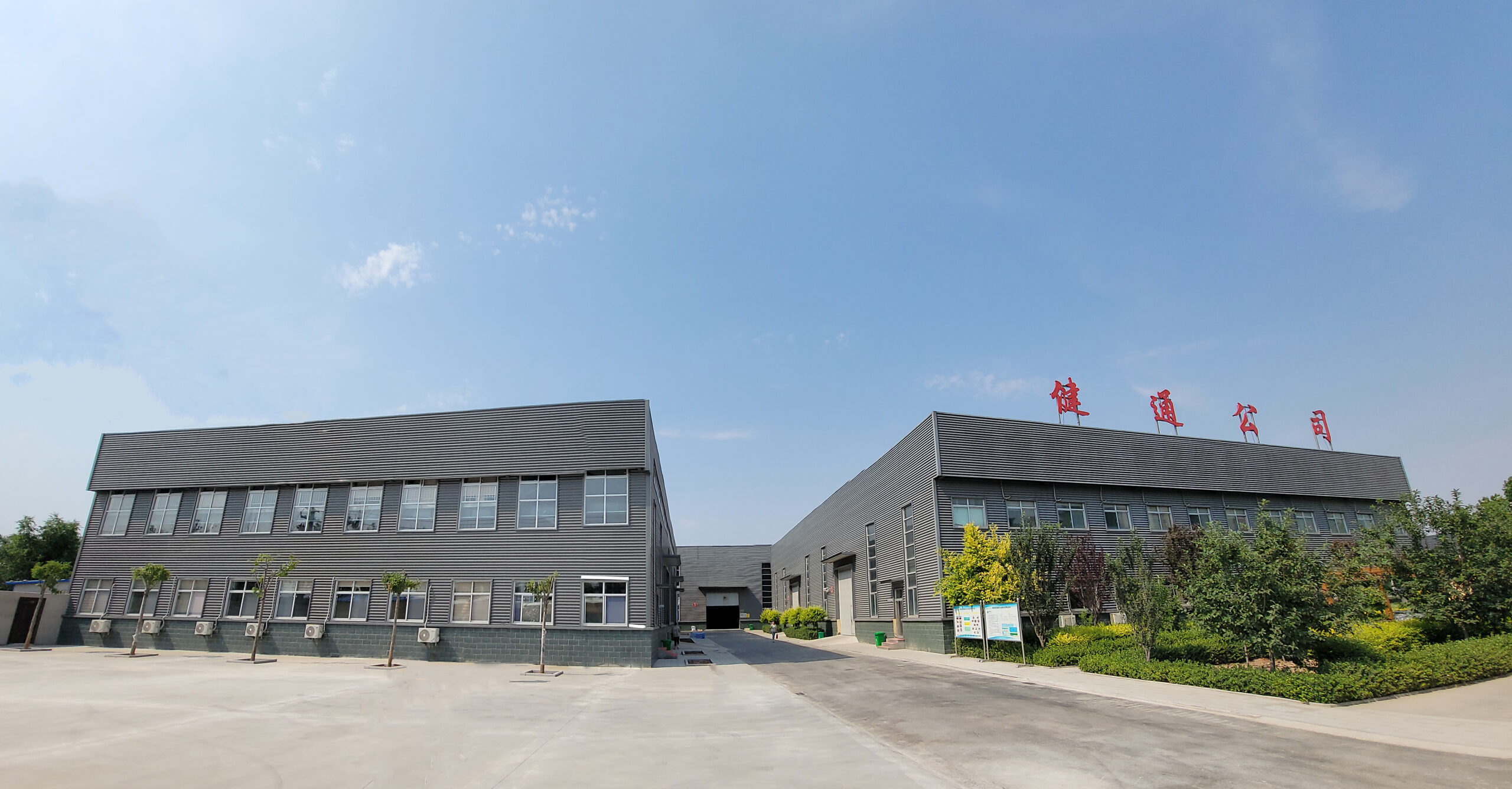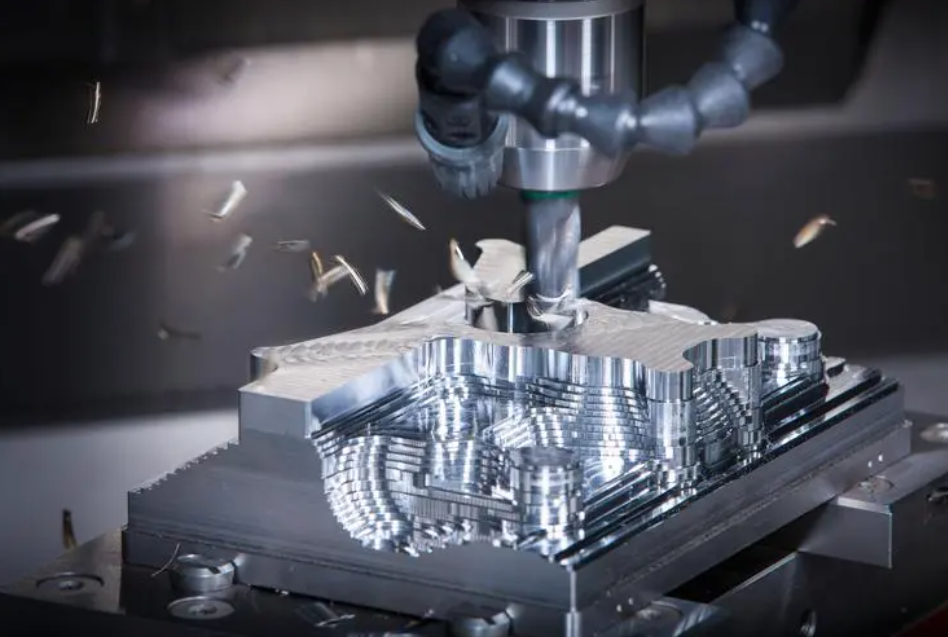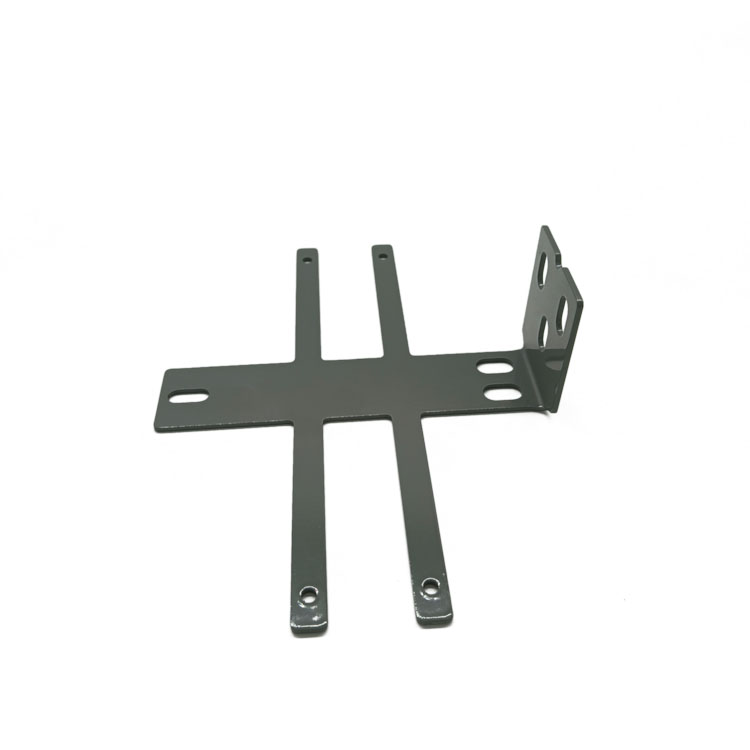Anodizing surface treatment process
Anodizing surface treatment process is a common metal surface treatment technology, which is mainly used to improve the corrosion resistance, hardness, wear resistance, insulation, heat resistance and other properties of metal materials.
The anodizing surface treatment process mainly includes the following steps:
1. Anodizing
Aluminum or aluminum alloy products are placed in an electrolyte solution as the anode, and an aluminum oxide film is formed on its surface by electrolysis. When the current passes through, hydrogen is released on the cathode; the oxygen precipitated on the anode is not only molecular oxygen, but also atomic oxygen and ionic oxygen. Usually, it is expressed as molecular oxygen in the reaction. The aluminum as the anode is oxidized by the precipitated oxygen to form an anhydrous aluminum oxide film. The pore diameter of the oxide film is about 0.01-0.03um. The generated oxygen does not react with aluminum in full, and part of it will be precipitated in the form of gas. There are three main ways of anodizing: sulfuric acid anodizing, hard anodizing, and porcelain anodizing. The sulfuric acid anodizing process is mainly used.
2. Dyeing
The oxide film on the surface of the anodized aluminum part is placed in a dyeing solution so that the color molecules are adsorbed in the pores of the anodized film. The pore diameter of the anodized film is about 0.01-0.03um, and the dye separates single molecules in water, with a diameter of about 0.0015-0.0030um. Dyeing method: divided into hot dyeing and cold dyeing.
3. Sealing treatment
After the oxide film is sealed with hot water, high-temperature steam or nickel salt, its corrosion resistance and wear resistance can be further improved.
Anodizing technology is currently the most widely used and most successful aluminum alloy surface treatment technology.
- Xisanli Village,Nanpi County, Cangzhou City, Hebei Province, China






